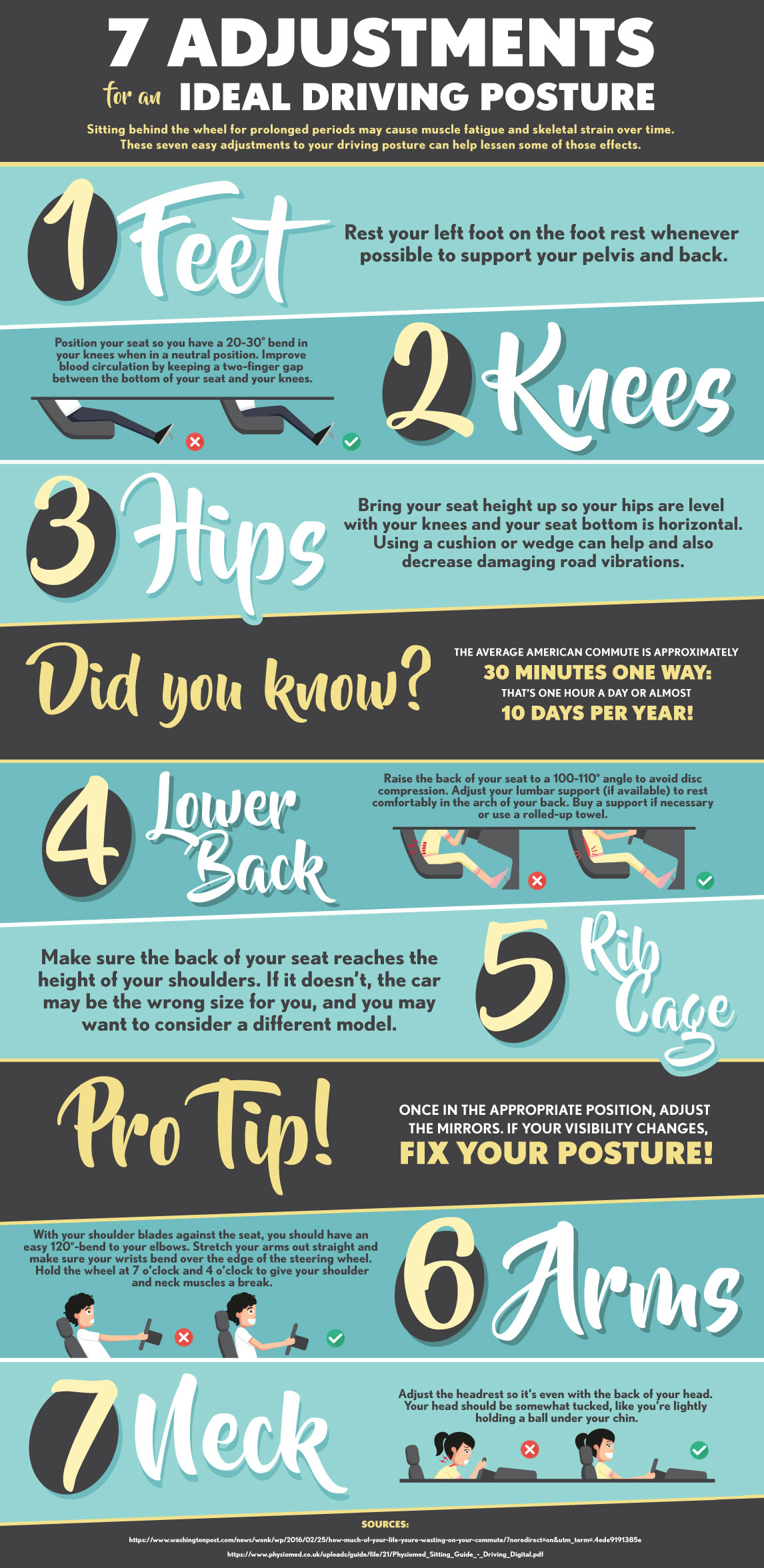Get Ready To Discover The Fascinating Mobile Interactions Of Cold Laser Treatment And Exactly How It Takes Advantage Of Light For Recovery-- Dive Much Deeper Into The Scientific Research!
Get Ready To Discover The Fascinating Mobile Interactions Of Cold Laser Treatment And Exactly How It Takes Advantage Of Light For Recovery-- Dive Much Deeper Into The Scientific Research!
Blog Article
Author-Bendix Hutchison
You may have heard of cold laser therapy as an appealing treatment choice for different problems, yet have you ever questioned just how it in fact works on a mobile level? Understanding the mechanisms behind this treatment can clarify its performance in promoting healing and reducing inflammation. By discovering the science behind cold laser treatment, you'll acquire insights right into the interesting methods which light can affect cellular processes and help with tissue repair service.
How Cold Laser Therapy Works
To recognize just how cold laser treatment works, you need to understand the essential principles of how light energy engages with biological cells. Cold laser therapy, additionally referred to as low-level laser therapy (LLLT), utilizes specific wavelengths of light to pass through the skin and target underlying tissues. Unlike the intense lasers made use of in procedures, cold lasers emit low levels of light that do not create warmth or trigger damages to the tissues.
When laser treatment for smokers get to the cells, they're soaked up by elements called chromophores, such as cytochrome c oxidase in mitochondria. This absorption sets off a series of biological reactions, including boosted mobile energy manufacturing and the release of nitric oxide, which boosts blood flow and reduces swelling.
In addition, the light power can also promote the manufacturing of adenosine triphosphate (ATP), the energy currency of cells, assisting in mobile fixing and regeneration procedures.
In essence, cold laser therapy harnesses the power of light power to promote recovery and minimize pain in a non-invasive and gentle way.
Mechanisms of Action
How does cold laser treatment really function to generate its restorative impacts on organic cells?
Cold laser treatment, additionally known as low-level laser treatment (LLLT), runs via a procedure called photobiomodulation. When the cold laser is applied to the skin, the light energy passes through the tissues and is absorbed by chromophores within the cells.
These chromophores, such as cytochrome c oxidase in the mitochondria, are after that boosted by the light power, causing a waterfall of biological responses. One vital mechanism of activity is the improvement of mobile metabolism.
The taken in light power boosts ATP manufacturing in the mitochondria, which is essential for mobile function and repair. Furthermore, linked internet site helps to decrease inflammation by inhibiting inflammatory mediators and advertising the release of anti-inflammatory cytokines.
This anti-inflammatory result adds to discomfort relief and tissue recovery.
Healing Effects
Understanding the healing impacts of cold laser treatment involves acknowledging exactly how the improved mobile metabolic rate and anti-inflammatory residential properties contribute to its favorable end results on biological cells.
When the cold laser is put on the affected location, it promotes the mitochondria within the cells, bring about raised production of adenosine triphosphate (ATP), which is crucial for cellular feature and repair work. This increase in cellular power accelerates the healing procedure by advertising tissue regeneration and lowering inflammation.
In addition, the anti-inflammatory residential properties of cold laser treatment help to decrease pain and swelling in the targeted location. By preventing inflammatory mediators and advertising the launch of anti-inflammatory cytokines, cold laser treatment aids in relieving pain and enhancing the general healing feedback.
This decrease in swelling not just supplies prompt alleviation but likewise supports long-term cells repair service.
Final thought
Finally, cold laser treatment functions by stimulating mobile repair and tissue regeneration with photobiomodulation. Its anti-inflammatory properties offer pain relief and lower swelling by inhibiting inflammatory mediators.
This therapy provides a detailed approach to recovery, delivering both prompt alleviation and lasting tissue repair service advantages.
Through its systems of activity, cold laser treatment confirms to be a reliable and promising therapy alternative for a range of conditions.
